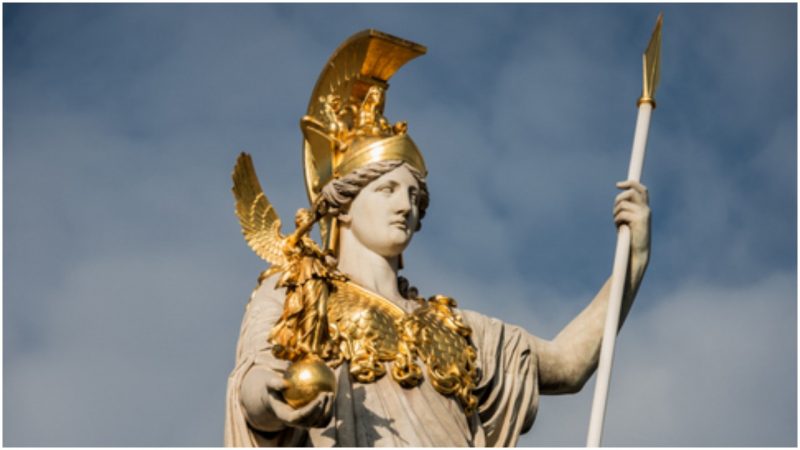For over a decade, a farmer in the U.K. has kept a statue of Minerva, the Roman goddess of wisdom and war, without realizing he had in his possession an authentic artifact that is two millennia old.
The silvery-eyed statuette of the goddess remained stored in a ‘Flora’ margarine tub for more than 10 years.
The finder stumbled upon the artifact while out with his metal detector in the fields close to the village Hailey in Oxfordshire, England. As the Guardian reports, at the time he dismissed the statuette as being just “a modern copy” and “nothing more than a curiosity.”
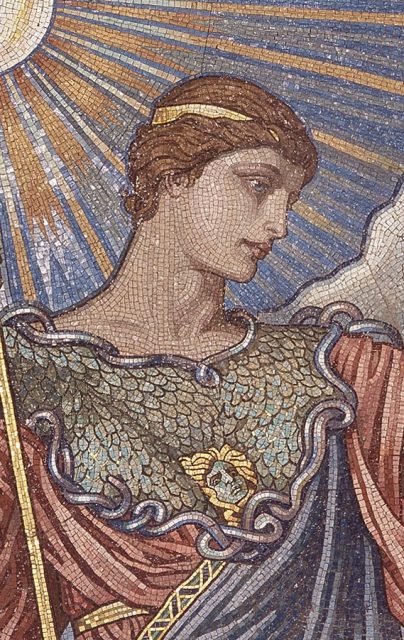
The man then packed the Minerva away in a margarine tub, consigning it to oblivion. Fast forward to 2018: a retired truck driver by the name of Len Jackman approached the Oxfordshire man asking to search his property for treasures with his own metal detector. He learned about the forgotten statuette and insisted on taking a look.
“I thought it looked important and old,” Jackman said, according to the Guardian, and he was right. After the statuette was presented to the local finds liaison office, along with several other objects, its rarity and Roman provenance were confirmed.
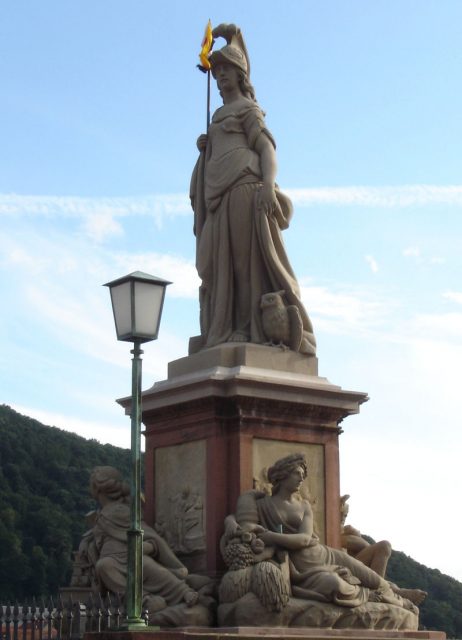
“The objects had been left for me on my desk and I picked up the tub and assumed it might be a piece of lead it was so heavy. I unwrapped the tissue paper and it was just ‘wow’… a fantastic moment,” recalled Anni Byard, the finds liaison officer for Oxfordshire, in a tweet. It was the most extraordinary artifact Byard had seen in years in her office.
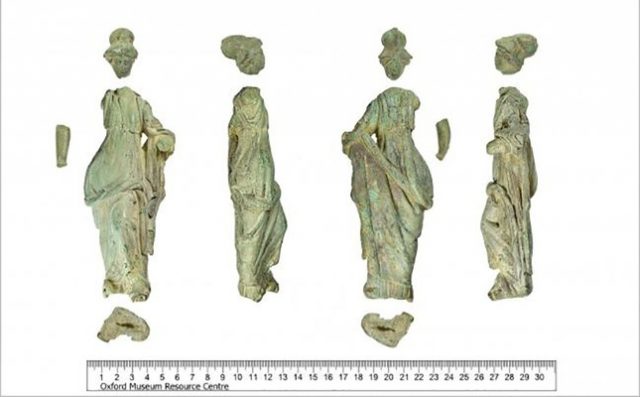
The announcement of the find was shared on December 11th by the British Museum as one of 1,267 treasure finds discovered in England, Wales and Northern Ireland, mostly by members of the public using metal detectors.
Such a number of finds is “more than there has ever been since the Treasure Act was passed in 1996,” the Guardian wrote. “From prehistoric metalwork to a 17th century pocket watch — but the goddess with the silver eyes was particularly striking.”
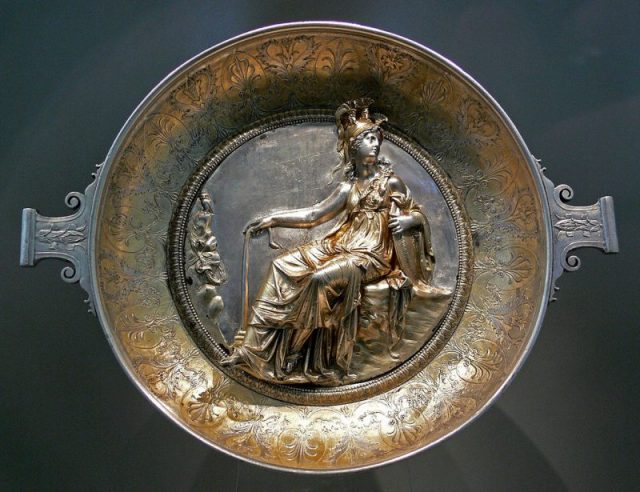
The Treasure Act allows individuals to claim a reward after presenting their finds, which, as identified by the Act, need to be older than three centuries and consist of gold or silver. The value of any item consigned is then determined by a special commission.
The Minerva statuette is made of copper-alloy and lead. Its head is detached from the body, and it was dated to the 1st or 2nd century AD when it most likely adorned the premises of a Roman temple.
Minerva, the Roman equivalent of the Greek goddess Athena, was important for the ancient Romans. Her father Jupiter gave birth to her from his head, similarly to how Athena was born from the head of Zeus.
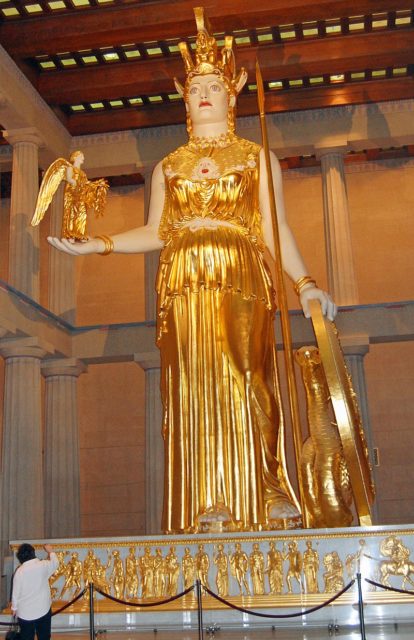
It took some time until the figure of Minerva established itself among the most important Roman deities. She became a very popular goddess after becoming associated with the Quinquatrus festival, which the ancient Romans dedicated to its army and observed annually between March 19th and 23th. Before Minerva, this observation was under another Roman deity of war — Mars.
Minerva also signified victory, and for Emperor Domitian, remembered today for the terrors he stirred to his members of Senate, the goddess was even more special. Domitian considered Minerva his most distinguished protector. Subsequently, he ordered the building of a temple dedicated to her in the Nerva Forum in Rome, during the late 1st century AD.
The Minerva statuette that emerged out of the margarine tub is perhaps the most remarkable artifact related to this Roman goddess that has resurfaced in a while.
However, if there is but one most impressive representation of her in art, it nowadays is kept in the Capitoline Museum in Rome. In full glory, holding a shield with the one arm and sporting a helmet on her head, Minerva’s statue there tops 9.8 feet tall.
